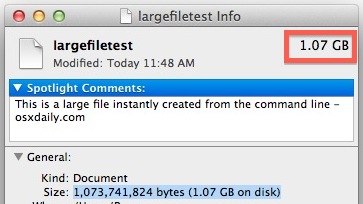Hello,
Does anyone familiar with the unix dd command know what the command to convert an .iso file to .img would be?
I am trying to create a bootable dos on my MacBook pro. I have freedos 1.0 as an .iso file, I also have dosbox an dos emulator on my Mac but I can only boot from a virtual floppy with dosbox.
What I was going to do was use dd in terminal to convert my .iso file to a virtual floppy .img file or files.
Any help would be appreciated.
Btw my SuperDrive has to be replaced, so I am trying to do this on my hard drive
Does anyone familiar with the unix dd command know what the command to convert an .iso file to .img would be?
I am trying to create a bootable dos on my MacBook pro. I have freedos 1.0 as an .iso file, I also have dosbox an dos emulator on my Mac but I can only boot from a virtual floppy with dosbox.
What I was going to do was use dd in terminal to convert my .iso file to a virtual floppy .img file or files.
Any help would be appreciated.
Btw my SuperDrive has to be replaced, so I am trying to do this on my hard drive
Mac Os Dd Command


Dd Command For Mac Os

Dd Command Machine

Posted on

Linux Dd Commands
- It is more straightforward to modify the dd command line to make it flush the buffers regularly, for example after writing each mibibyte, and at the same time show the progress, for example. Sudo dd if=file.img bs=1M of=/dev/sdx status=progress oflag=dsync Please check and double-check, that you specify the correct target device.
- The first of these, the dd command, was discussed in part 1 of this series as a method for acquiring a forensic disk image. While many Mac utilities can create disk images, dd is an optimal choice for forensic use because it can create a disk image without mounting the drive (which would contaminate it). Dd can also be used with a variety of.
- The same information, displayed every second by in klanomath's answer, can displayed using your command. You just need to enter a controlT character from the keyboard while the dd command is executing. By pressing the controlT character, you are sending the same SIGINFO signal to the dd command that the command pkill -INFO -x dd sends.
Dd Command For Imaging
MAC Address or media access control address is a unique ID assigned to network interface cards (NICs). It is also known as a physical or hardware address. It identifies the hardware manufacturer and is used for network communication between devices in a network segment. MAC Address usually consists of six groups of two hexadecimal digits.